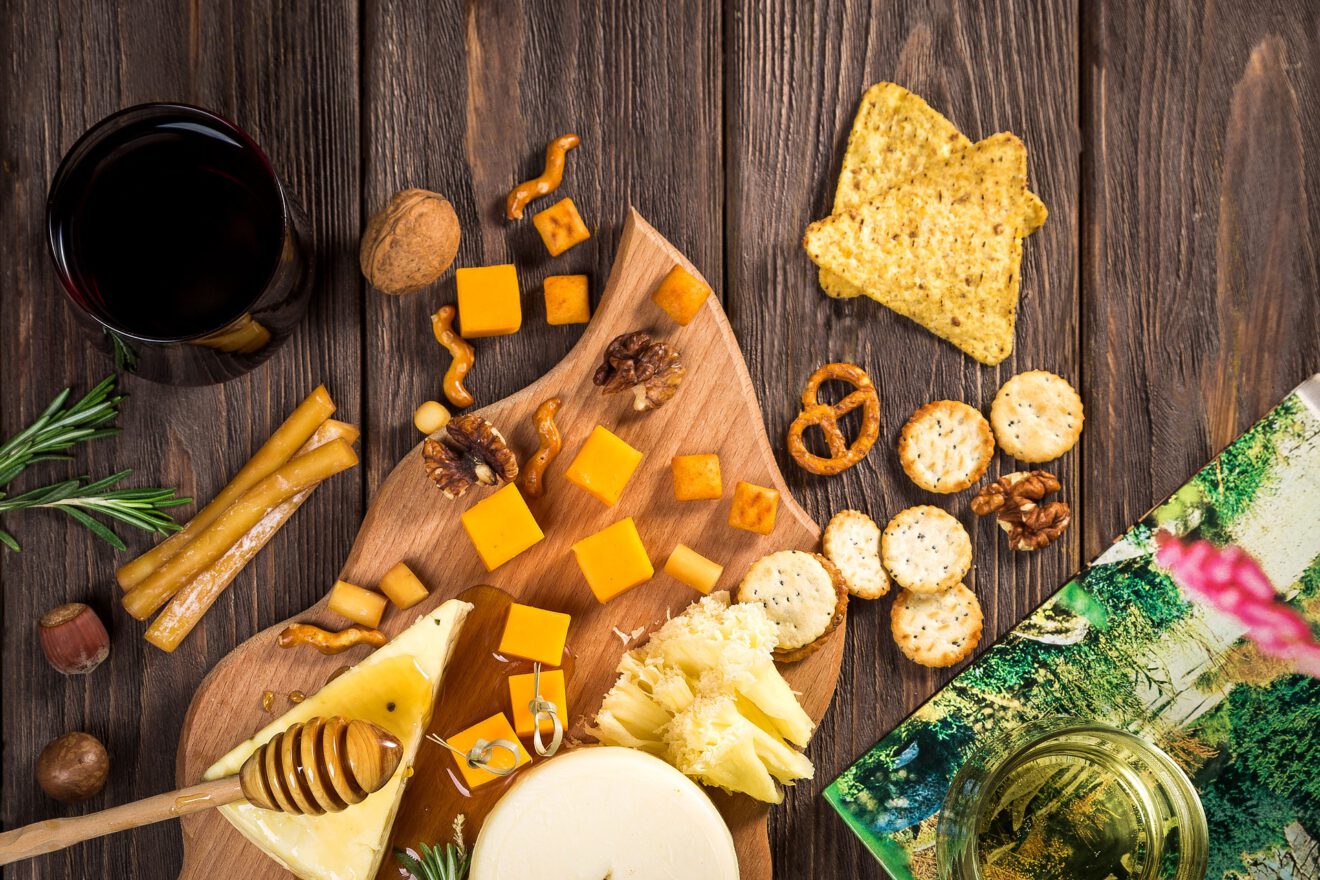As an anchor point to innovate around, our increasing propensity to snack throughout the day presents multiple opportunities for food and beverage companies in terms of meeting the needs of new, flexible eating styles. Since snacking occasions are eating experiences that tend to be individualized and not shared, snacks can address consumer needs in ways that traditional meals often cannot.
With the boundary between meals and snacks blurring, it is important to understand that meals tend to be shaped by cultural traditions around timing, setting and food and beverage groups. Snacks, on the other hand, are highly personalized and variable — presenting a new world of different avenues for companies to innovate around.
And yet, while opportunities abound in meeting the needs of flexible eating styles, it is important to understand some of the underlying reasons driving snacking behavior.
One area of influence behind our culture’s rising involvement with snacking relates to structural shifts in lifestyle, culture and values. Direct results of these shifts include: an upending of traditional, daily food and beverage rituals; change in wellness and culinary trends; and growing accessibility to increasingly diverse foods and beverages.
But to get to the all-important “why” of snacking, we have found it useful to develop a framework of understanding around snacking. Explained in detail in our The Future of Snacking 2016 report, we find that while consumers undertake any number of specific snacking occasions, this model helps us to understand the “why” guiding the attitudes, behaviors, and choices for a given snacking occasion by illuminating the dominant driver(s) for the occasion.
The three main drivers for such occasions provide coherence to the “messiness” of snacking and may help manufacturers, marketers and retailers understand consumer challenges as well as identify opportunities. Conceptually, we have found that snack consumption occurs based on three key drivers:
- 56% of consumers snack for needs relating to nourishment. Snacking for nourishment is about hunger abatement, managing hydration, health and diet conditions as well as snacking for sustained energy. Snacking for nourishment meets consumer needs for daily sustenance, long-term wellness and health management.
- 49% of consumers say they snack for needs relating to pleasure which fulfills emotional desires for enjoyment, craving, variety and comfort. Snacking for pleasure also includes satisfaction of needs for discovery when consumers want to explore food and beverage types, tastes, provenances, preparation methods, food purveyors, and new products.
- 34% of consumers say they snack for needs relating to optimization in order to satisfy physical and mental performance demands. Optimization snacking might be for quick energy, or to recover and rejuvenate. It is also undertaken to help mental focus and manage stress.
Snacking drivers change across the day reflecting the fact that as the structure of meals is changing, new opportunity spaces are emerging. Look at “mini meal” eaters as one example. Half (50 percent) of “mini meal” eaters say the occasion replaced a traditional breakfast, lunch or dinner, while 20 percent say the occasion is in addition to a meal—underscoring the potential for manufacturers, restaurant operators and retailers to develop new ways to meet these changing eating habits.
For early and mid-morning snacks, consumers are searching for nourishment and prefer coffee and fruit snacks. In the afternoon, consumers look for optimization with fruits and salty snacks like chips or popcorn and crackers. Pleasure-seeking consumers indulge mostly in sweet snacks like candy, cake or ice cream for their after-dinner and evening snacking quest.
The future of snacking presents multiple opportunities for companies to relate with consumers around new, flexible eating styles. With fewer cultural constraints than meals, the future of snacking will give consumers opportunities to explore new kinds of foods, beverages and brands while bending traditional eating patterns to their personal needs and wants. Importantly, because of the complexity of needs and occasions that make up the world of snacking, a framework of understanding like that described here is needed to fully explore emerging opportunities.
As CEO of The Hartman Group, Demeritt drives the vision, strategy, operations and results-oriented culture for the company’s associates as The Hartman Group furthers its offerings of tactical thinking, consumer and market intelligence, cultural competency and innovative intellectual capital to a global marketplace.
____________________________________________
If you enjoyed this article, join SmartBrief’s email list for more stories about the food and beverage industry. We offer 20 newsletters covering the industry from restaurants to food manufacturing.
